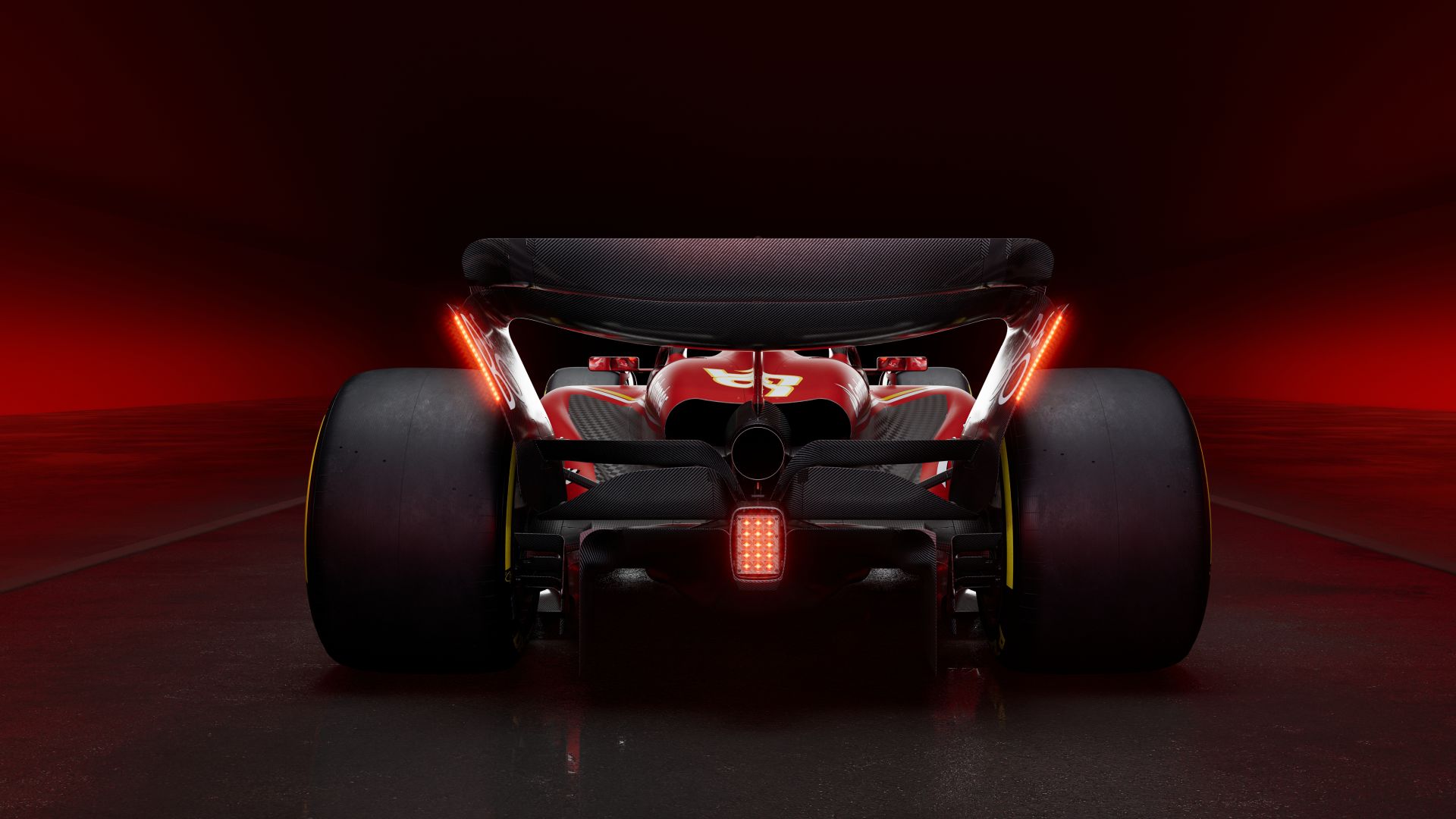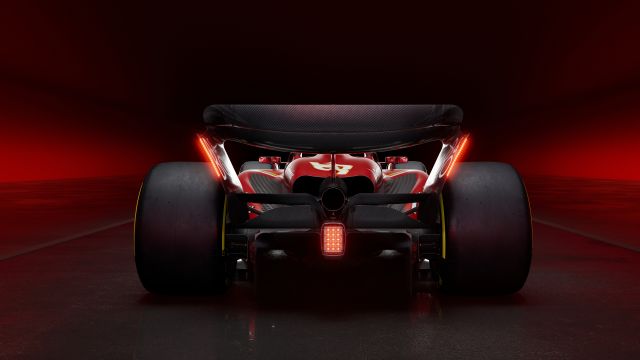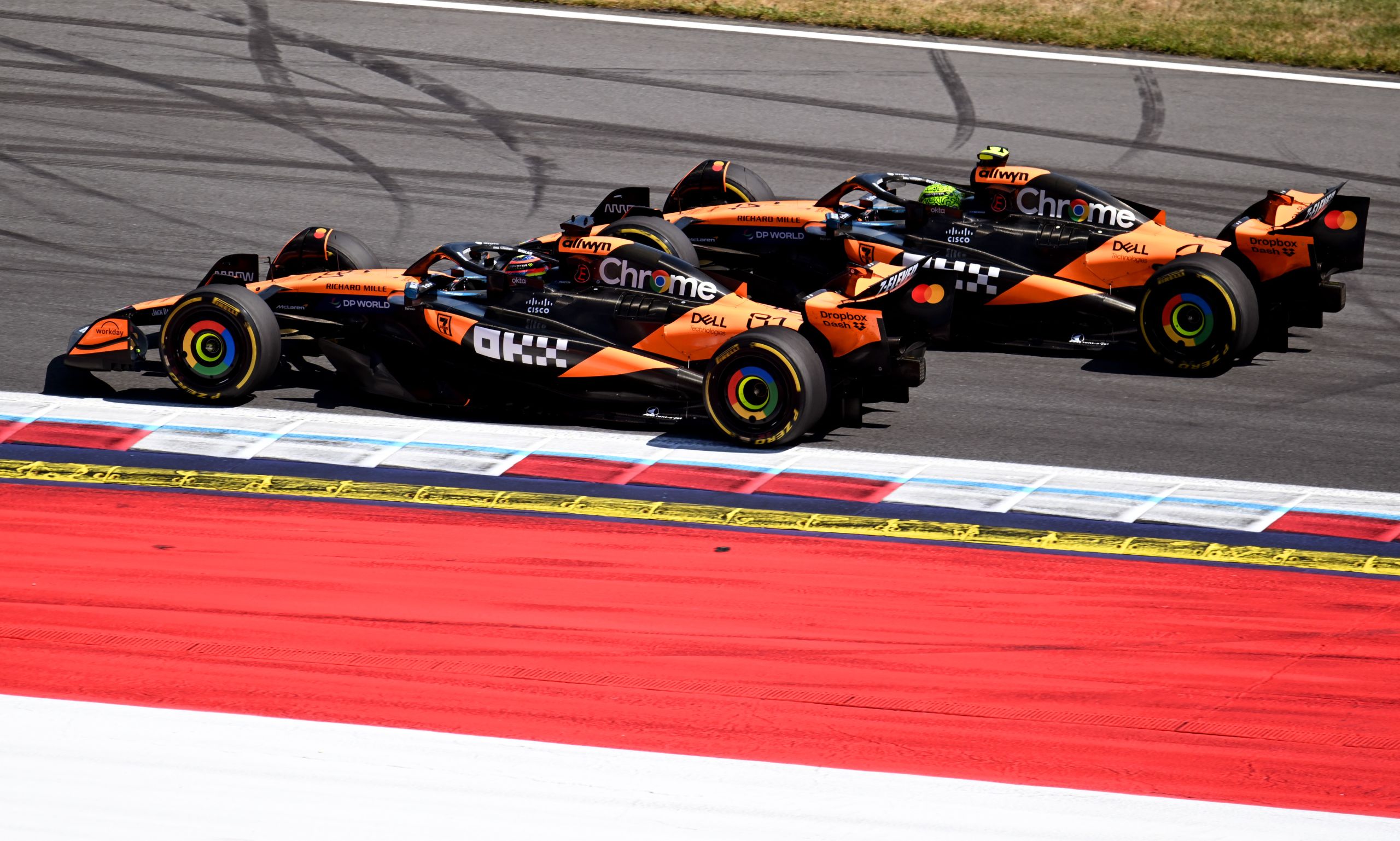Formula 1 vs. The Rest: What Sets F1 Cars Apart?


When it comes to the pinnacle of motorsport, no other racing category resonates with speed, precision, and technical prowess quite like Formula 1 (F1). For decades, F1 has been the gold standard of motorsport, boasting an impressive fusion of engineering excellence, cutting-edge technology, and heart-stopping drama that consistently captivates a global audience. But what exactly sets F1 cars apart from their racing counterparts? We’ll compare these features with other racing series, offering a comprehensive look at why F1 remains a revered name in speed and innovation.
Aerodynamics Reign Supreme
Aerodynamics is the heart and soul of an F1 car. Advanced aerodynamic design plays a pivotal role in manoeuvring at ultra-high speeds. The complex front and rear wings, along with the underbody, are crafted to slice through the air with minimal resistance, effectively glueing the car to the track for unparalleled downforce.
One of the key differences between F1 cars and other racing series is the sheer level of detail that goes into their aerodynamic design. Every tiny curve, angle, and surface is carefully crafted and tested in wind tunnels to maximize performance. This level of precision is what enables F1 cars to reach incredible speeds while maintaining stability and control.
Power Units of Tomorrow
F1’s power units are veritable marvels of engineering. The implementation of hybrid power technology has made them complex and efficient powerhouses. They consist of a turbocharged V6 engine, two energy recovery systems (ERS-K and ERS-H), and complex control electronics that distribute power exactly where it’s needed.
For example, the ERS-H system captures energy from the turbocharger and converts it into electricity that is later used to power the car. This technology not only increases efficiency but also adds an extra boost of power during key overtaking maneuvers. Some other racing series may have impressive engines, but nothing quite compares to the cutting-edge power units of F1 cars.
Precision Engineering and the Role of Elite Mechanics
Behind every successful Formula 1 team is a cohort of the world’s best mechanics, engineers, and strategists who work tirelessly to ensure that every component of the car is performing at its absolute peak. The importance of having the best mechanics in the paddock cannot be overstated. These professionals exemplify precision engineering, dedicating countless hours to the meticulous assembly, maintenance, and optimization of every vehicle. Whether it’s a West End Mechanic Brisbane team in Australia or a top-tier Mercedes-AMG Petronas F1 Team, elite mechanics are the unsung heroes that keep these high-performance machines running at their best. Their expertise is particularly crucial given the incredibly tight margins for error in F1. A single misaligned component or a fractionally delayed pit stop can be the difference between victory and defeat. The elite mechanics’ role extends beyond just repairs and adjustments; they are integral to the strategic planning of races, deciding on tire changes, fuel loads, and even the adjustments needed to tackle specific track conditions or weather scenarios.
Chassis and Materials
The chassis of an F1 car is built for response, with every move dictated by millisecond reactions. Constructed from ultra-strong, ultra-lightweight materials, F1 cars are almost impossibly agile. Carbon fiber reinforced polymer (CFRP) is the material of choice for its unmatched strength-to-weight ratio.
Perhaps more impressive is the fact that an F1 chassis can withstand up to 5G of lateral force, which means it can take corners at speeds that would be impossible for a regular road car without losing control. That’s the level of precision engineering and advanced materials that go into building these ultimate racing machines.
Data Analysis at the Cutting Edge
Data is the lifeline of F1. On-board sensors capture a staggering array of information, from the smallest tire temperature fluctuations to aerodynamic affect readings. This data is broadcast in real time to the pit wall, where strategists make split-second decisions that often decide the race’s outcome.
A lot of other racing series may have data analysis as part of their overall strategy, but no one does it quite like F1. The sheer amount of data collected and analyzed in real time is unparalleled, giving teams an edge over their competition. This level of precision data analysis allows for continuous optimization of the car’s performance and strategy throughout the race, contributing to F1’s reputation as the ultimate test of speed and technical prowess.
Constant Innovation and Technology Drive
Innovation is ingrained in F1’s DNA. Teams and manufacturers are in a relentless pursuit of technological advancements, whether it’s in the form of a new brake system, revised engine mapping, or redesigning the car’s front nose. F1 stands at the forefront of pushing the limits of what’s possible on the racetrack.
One of the most significant factors that set F1 apart from other racing series is the constant drive for progress, both on and off the track. From introducing new hybrid power units to experimenting with innovative designs and materials, F1 teams are always pushing the boundaries of what’s possible in motorsport.
Impact on Racing Performance
The collective prowess of F1’s technological excellence directly translates to its on-track dominance. The lightweight chassis and effective downforce allow for cornering speeds that are nothing short of astounding. The hybrid power units provide a combination of power and efficiency, propelling cars with incredible acceleration that seldom lags. The exhaustive data analysis, too, contributes to strategic tire changes and pit stops that are timed to perfection, ensuring that the car hits the optimum performance curve for as much of the race as possible.
Comparison with Other Racing Series
To truly appreciate F1’s feats, we turn to other racing series. While series such as NASCAR and IndyCar exhibit their unique charm, F1 eclipses on several key fronts. Aerodynamic design in NASCAR, for example, focuses on drafting techniques for high-speed ovals, while the open-wheeled designs of F1 cars are optimized for road courses featuring a mix of corners, including hairpins, chicanes, and high-speed sweepers.
The engines also vary considerably. NASCAR boasts a 5.86L naturally-aspirated V8 engine, while IndyCar features a twin-turbocharged 2.2L V6. Though both exhibit raw power, they lack the energy recovery systems employed by F1’s tightly packaged power units.
This exploration of Formula 1, from its unrivaled aerodynamics to its state-of-the-art power units, precision engineering, chassis construction, data analysis, and culture of relentless innovation, highlights why it stands as the zenith of motorsport engineering and performance. The distinction of F1 cars, when compared to other racing series, is not merely in their speed but in the meticulous attention to detail and the cutting-edge technology that underpins every aspect of their design and function. It is this relentless pursuit of perfection, coupled with a rich history of innovation and excellence, that cements Formula 1’s position at the forefront of automotive racing. Whether for the seasoned aficionado or the newly initiated fan, the world of Formula 1 offers an unparalleled spectacle of speed, strategy, and technology working in concert, a testament to human ingenuity and the relentless quest for progress.





